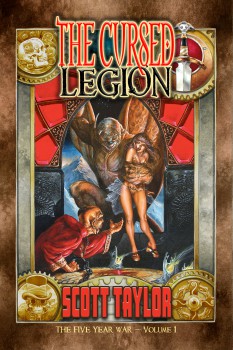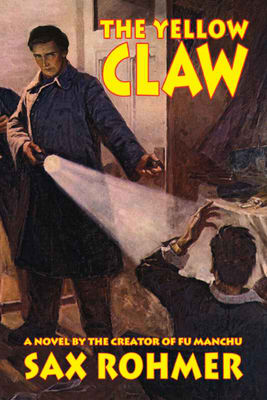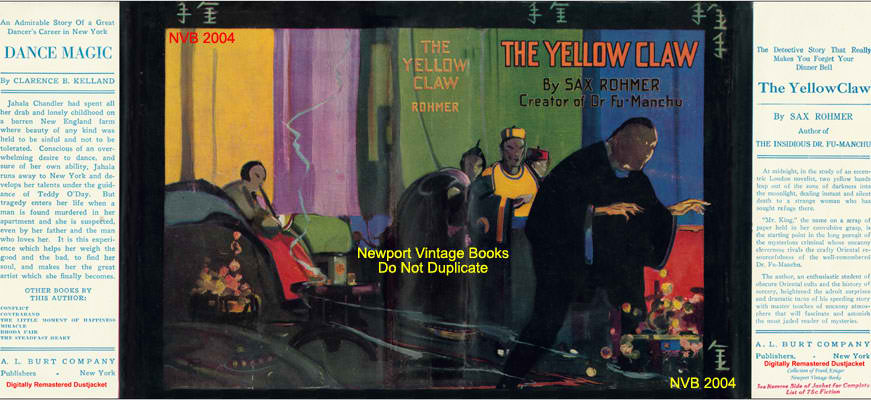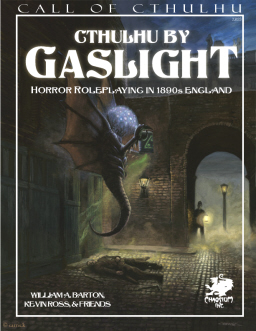“What’s Become of Screwloose?” and Other Great Short Fiction by Ron Goulart
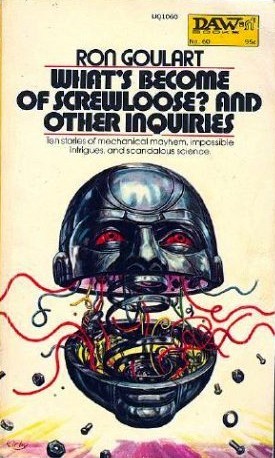 Ron Goulart has written more than 70 novels, most of them science fiction or fantasy, as well as over a dozen non-fiction titles, including Comic Book Culture and the classic history of the pulps, Cheap Thrills: An Informal History of the Pulp Magazines.
Ron Goulart has written more than 70 novels, most of them science fiction or fantasy, as well as over a dozen non-fiction titles, including Comic Book Culture and the classic history of the pulps, Cheap Thrills: An Informal History of the Pulp Magazines.
I saw his name countless times in the paperback racks where I hunted for science fiction as a teen, on slender DAW volumes like Calling Dr. Patchwork, The Panchronicon Plot, and Big Bang. He had a reputation for light comedy, not something that appealed to me at the time, and I pretty much ignored Goulart for years.
In fact, I truly discovered Ron Goulart for the first time five days ago, shortly before midnight last Wednesday.
I was bagging a collection of Worlds of IF, a science fiction digest that folded in 1974, which I’d gradually accumulated over several weeks on eBay. I was casually flipping through the April 1970 issue when I stumbled on the short story “Swap,” by Ron Goulart, with this editorial teaser:
What happens when you swap love partners — and win a hot, curvy bundle of hate?
As a student of short fiction teasers — I’ve written a few hundred for Black Gate — I know a winner when I see one. I pulled the lever to recline the couch and, surrounded by nearly a dozen stacks of aging science fiction magazines, settled back to enjoy a 42-year old science fiction story.
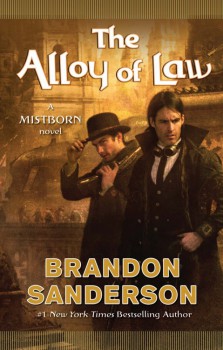 The Alloy of Law
The Alloy of Law Last weekend I went to Toronto to attend the
Last weekend I went to Toronto to attend the 
